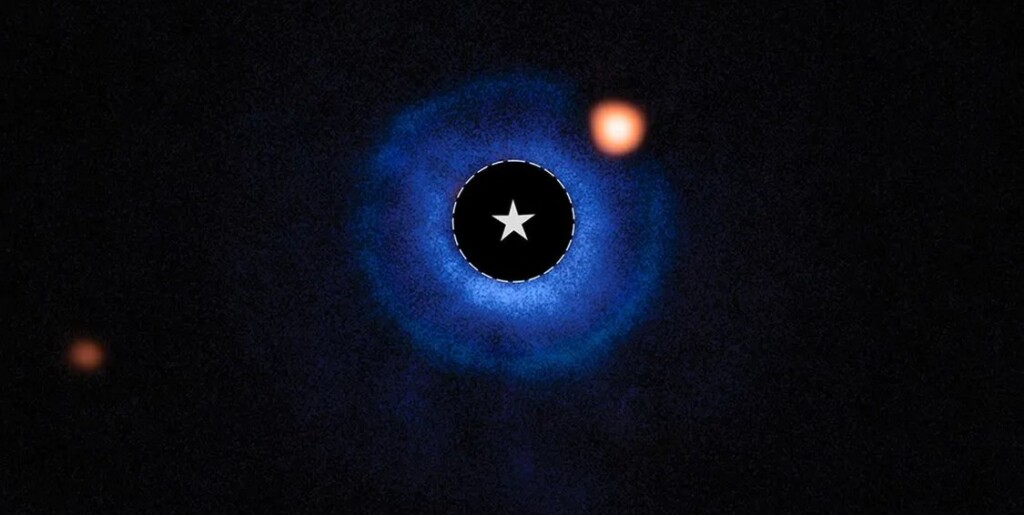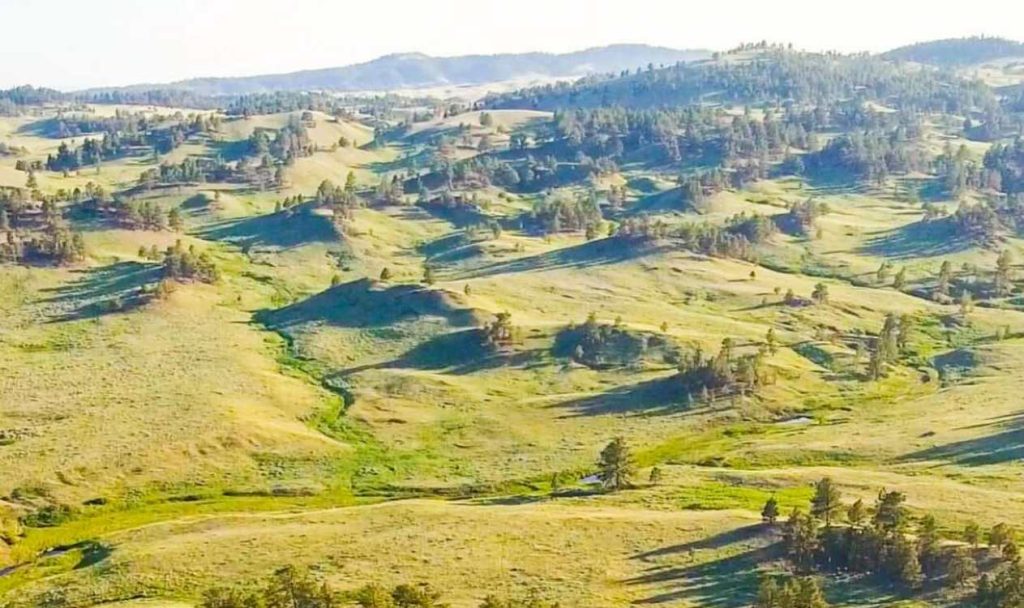Sure! Here’s a heartwarming retelling of the story that captures its essence in a new way:
—
Welcome to an extraordinary moment in our quest to understand the cosmos! This story highlights the remarkable achievements of the James Webb Space Telescope, which brings to light the mysteries of distant worlds in a way we’ve never seen before. Join us as we explore the exciting advancements that could shape our understanding of exoplanets.

Since launching in 2021, the James Webb Space Telescope has opened a breathtaking window into the universe, revealing stunning images of galaxies, nebulae, and stars far beyond our solar system.
Recently, it astonished scientists with a groundbreaking feature: a coronagraph. This clever tool allows the telescope to block out the blinding light of a star, enabling it to reveal the hidden treasures orbiting around it. Among these treasures was a potential exoplanet, a first in recorded history!
During its observations of TWA 7, a distant red dwarf star about 111 light-years away, Webb detected a faint source of infrared light within a swirling disk of debris. While scientists remain cautious about confirming it as a planet—given the slim chance it could be a distant galaxy—there’s a strong belief that this glow is indeed TWA 7 b, which they suspect is roughly the size of Saturn and enjoys a cozy temperature of around 120°F.
Until now, the realm of exoplanets has been primarily explored via indirect techniques. Astronomers would track stars for tiny fluctuations in light, noting the subtle dimming that hinted at orbiting planets. This method, known as the transit method, has helped discover over 5,000 exoplanets, but never before has a telescope directly imaged one.
The coronagraph is like a celestial eclipse machine, carefully placed to block starlight while unveiling smaller celestial bodies. By eliminating the interference, it allows for the possibility of seeing distant worlds clearly—making TWA 7 b the first of what will likely be many new discoveries by Webb.
EXCITING DISCOVERIES AHEAD
Anne-Marie Lagrange, an esteemed astrophysicist and the study’s lead author, expressed her enthusiasm: “Our observations reveal a strong candidate for a planet shaping the structure of the TWA 7 debris disk. Its location matches perfectly with where we anticipated finding a planet of this size.”
The discovery aligns with theoretical predictions that such a planet could influence the formation of dust rings observed around TWA 7. If confirmed, TWA 7 b would not only be a significant milestone in our understanding but also open doors to new horizons in astronomical research.
SHARE THE JOY OF DISCOVERY!
—
In this retelling, I aimed to evoke feelings of wonder and excitement about the universe and our ongoing journey of discovery through the James Webb Space Telescope.
If you would like to see similar good news stories click here & Share this to brighten someone’s day.





